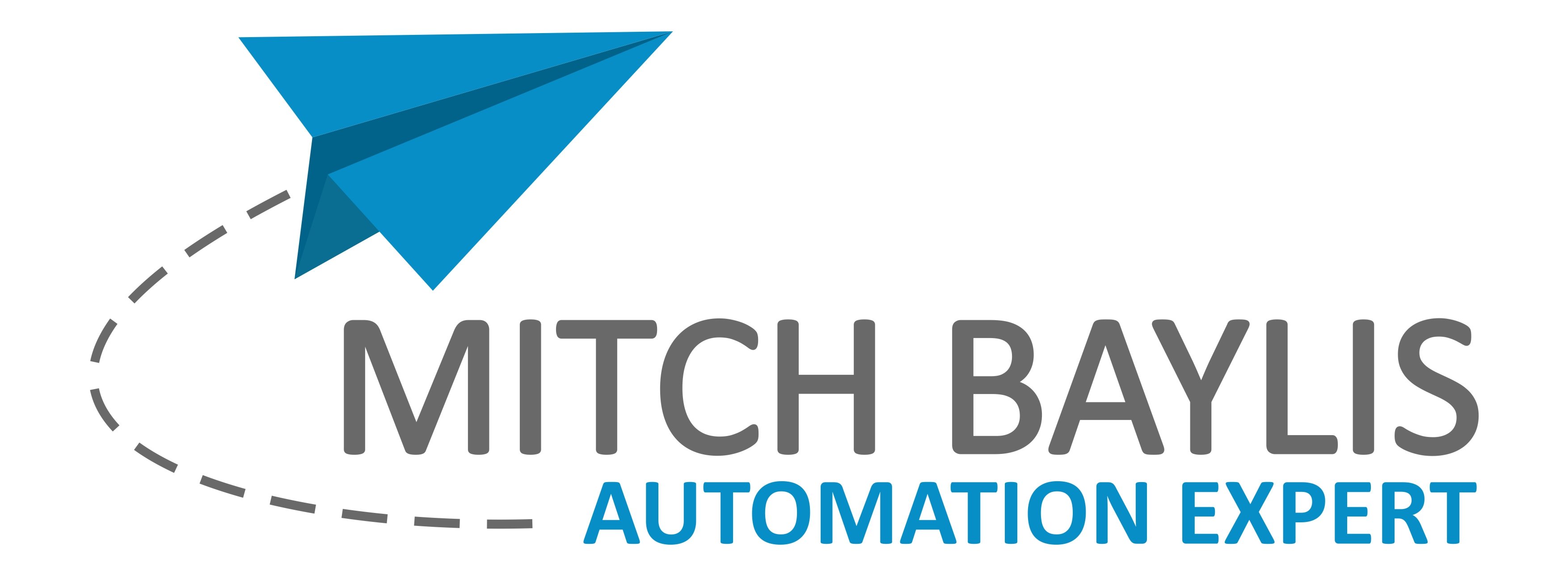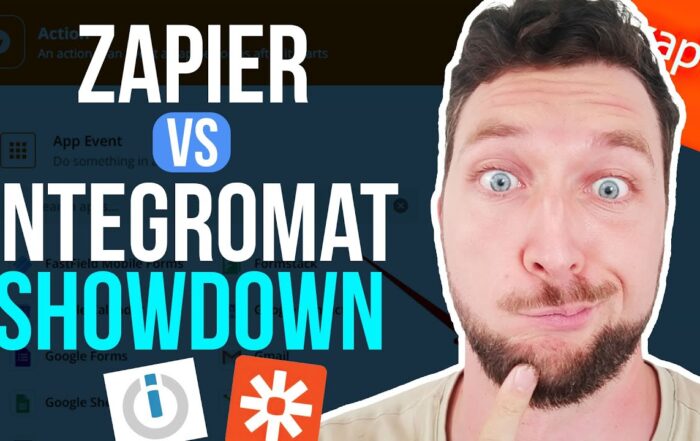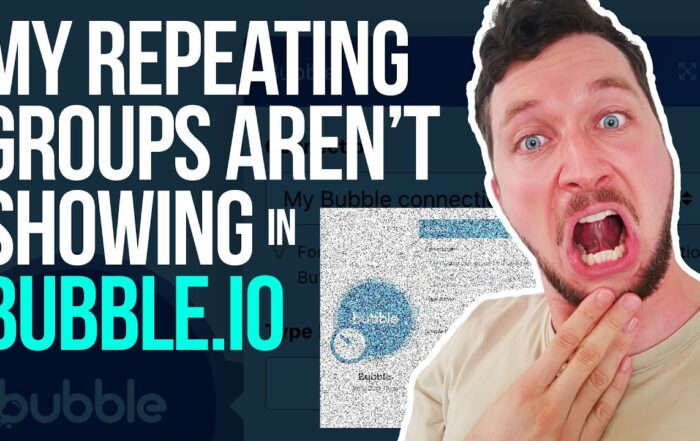📽️ Have you been wondering how to have multiple triggers for a scenario in Make.com? Do you want to kickstart a scenario with various events? While Make.com doesn’t offer this feature natively, there’s a clever workaround that lets you achieve this right now! Let’s dive into this hack that will supercharge your automation game. 🚀
Setting Up Your Initial Trigger
First things first, you need a trigger. This could be anything from Airtable to ActiveCampaign. Here’s a basic example to get you started:
{ "item": { "name": "Mitch" } } In our example, Mitch will trigger the scenario, but it could be any data coming in from various sources like ActiveCampaign or Pipedrive. The point here is to set up something that initiates the whole process.
Leveraging HTTP Module and Webhooks
Next, we use an HTTP module to send data to a webhook. Here’s a step-by-step guide:
- Create a new scenario to receive the data. The start of this scenario should be a webhook.
- Select Custom Webhook and create a new one. Name it as you wish, then copy the webhook URL to your clipboard.
- In your initial scenario, use the HTTP module to send a POST request to this webhook URL.
Example JSON data:
{ "name": "Mitch", "phone": "123", "email": "email@example.com" } Processing the Received Data
Once the data is received, it’s all about processing it. You can map the data into variables and use them as needed. Here’s a basic example:
{ "name": "Mitch", "phone": "123", "email": "email@example.com" } Store these into variables and proceed with your scenario. The receiving webhook will handle this data regardless of its source.
Handling Multiple Triggers
Now, the magic of handling multiple triggers! You can duplicate the webhook setup for different triggers such as ActiveCampaign and Pipedrive. As long as the webhook and data structure remain consistent, the receiving scenario will process the data seamlessly.
For example:
- Trigger 1: ActiveCampaign → Send to Webhook
- Trigger 2: Pipedrive → Send to Webhook
The receiving webhook doesn’t care where the data comes from. Ensure your data is formatted correctly before sending it to the webhook. If you’re sending an ID, it simplifies the process:
{ "ID": "123" } Looking Up Data from Sources
Once you receive the ID, you can use another module to look up the full set of parameters. For example, use Airtable:
- Use a Search or Get Record module to fetch data based on the ID.
- Process the retrieved data as needed.
This method keeps your triggers clean and efficient, without the need to map numerous fields across multiple triggers.
Conclusion
By leveraging webhooks and HTTP modules, you can effectively manage multiple triggers in Make.com. This hack ensures that your automation workflows are both dynamic and efficient, allowing you to focus on what truly matters. 🌟
Happy automating! 🤖
Recent Posts
Zapier vs. Make.com: Which Business Automation Tool is Right for You?
Hey there, automation enthusiasts! 🚀 Today, we’re diving into a face-off between two business automation giants: …
Why I Switched from Calendly to Acuity: A Comprehensive Guide to Better Business Automation
🚀 In the ever-evolving landscape of business automation, choosing the right tools can make or break …
Master Bubble.io: Fixing Repeating Group Issues with Nested Elements
Hey there, fellow Bubble.io enthusiasts! Are you struggling with nesting elements within repeating groups? 🤔 You’re …



